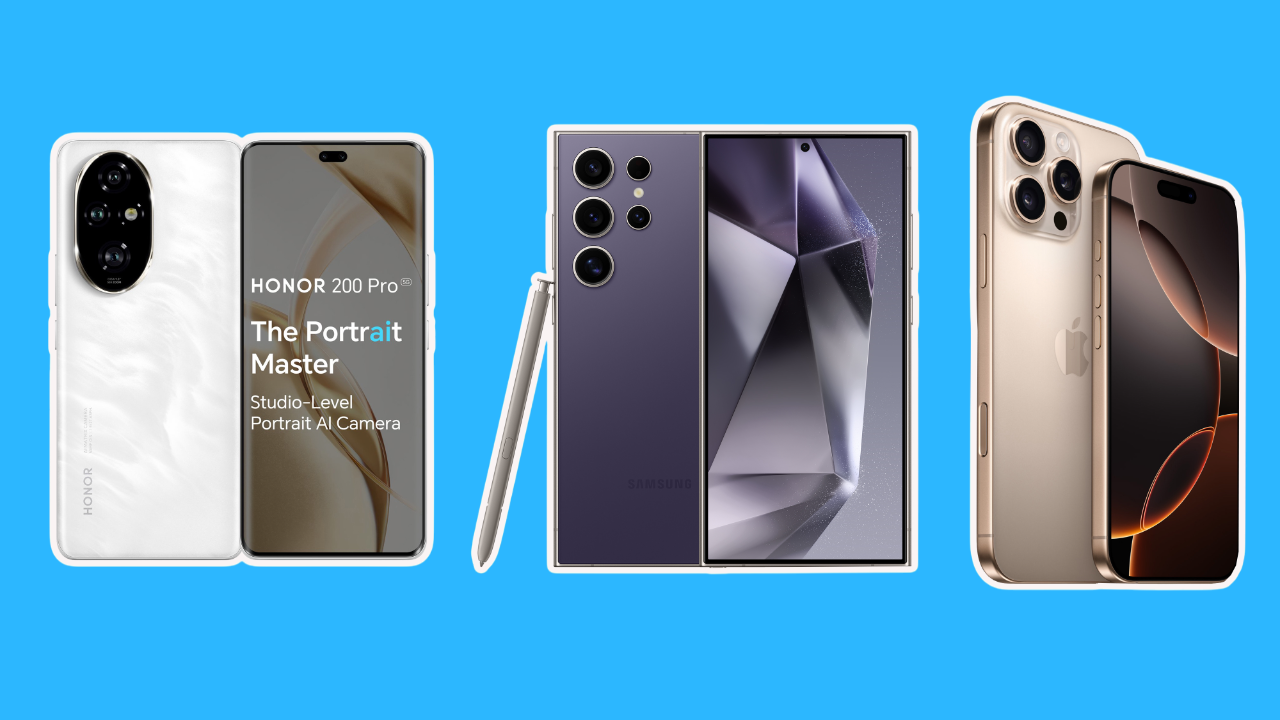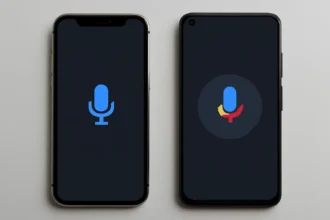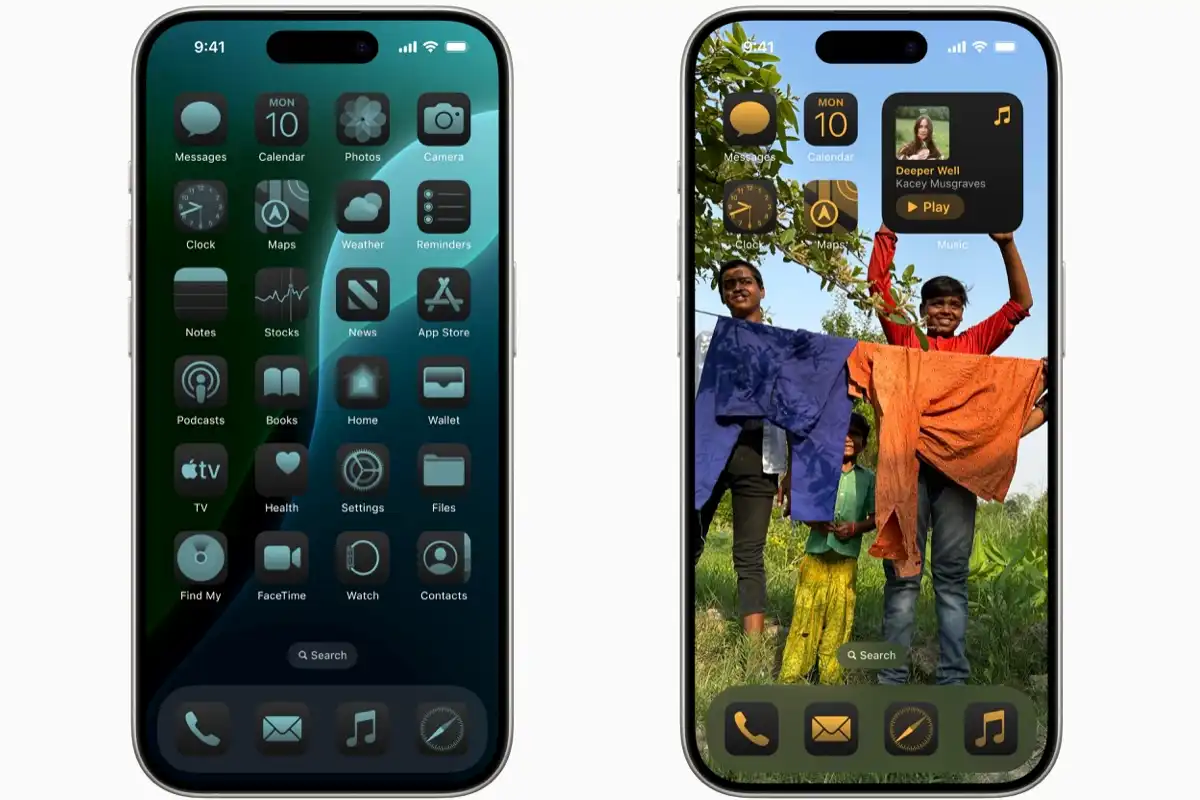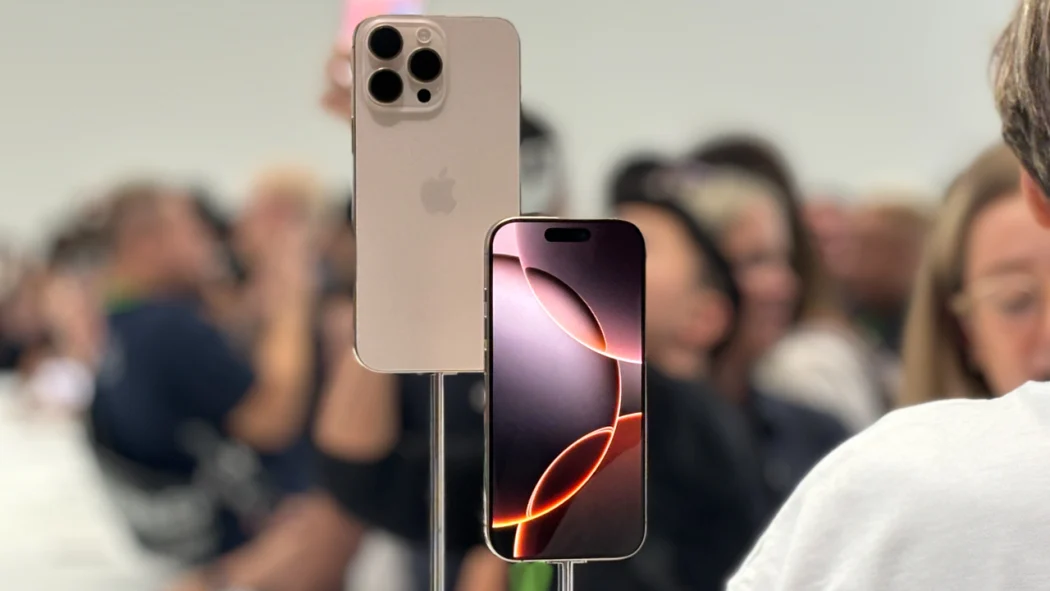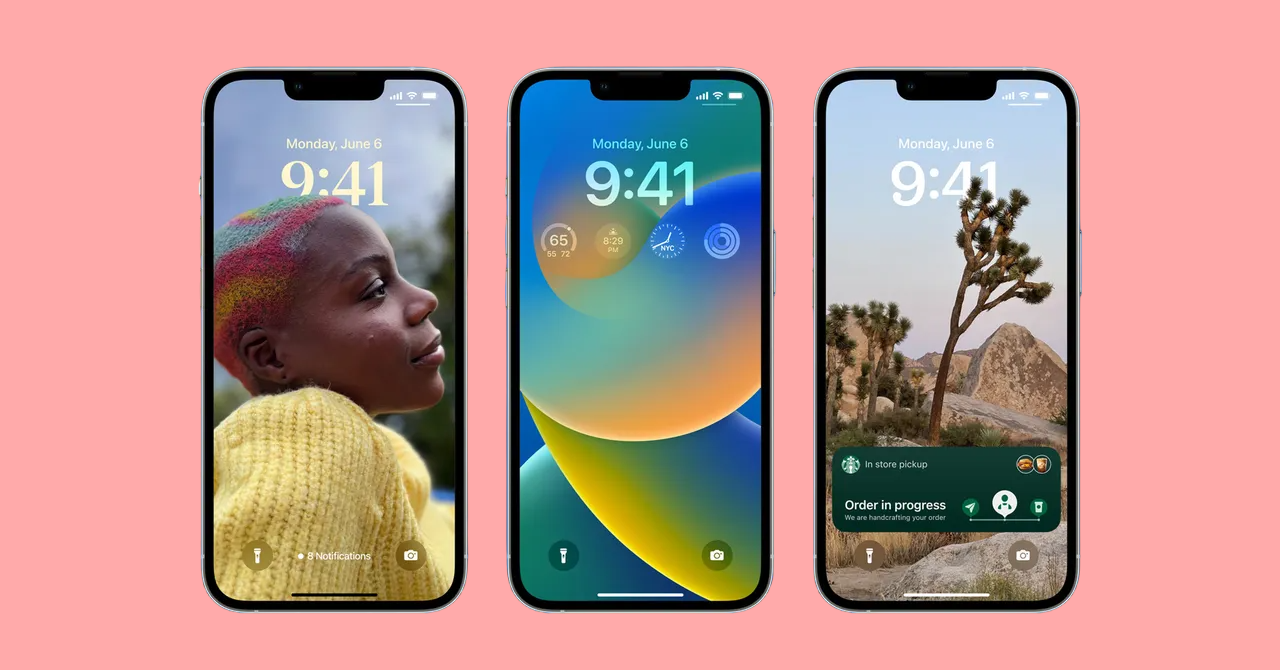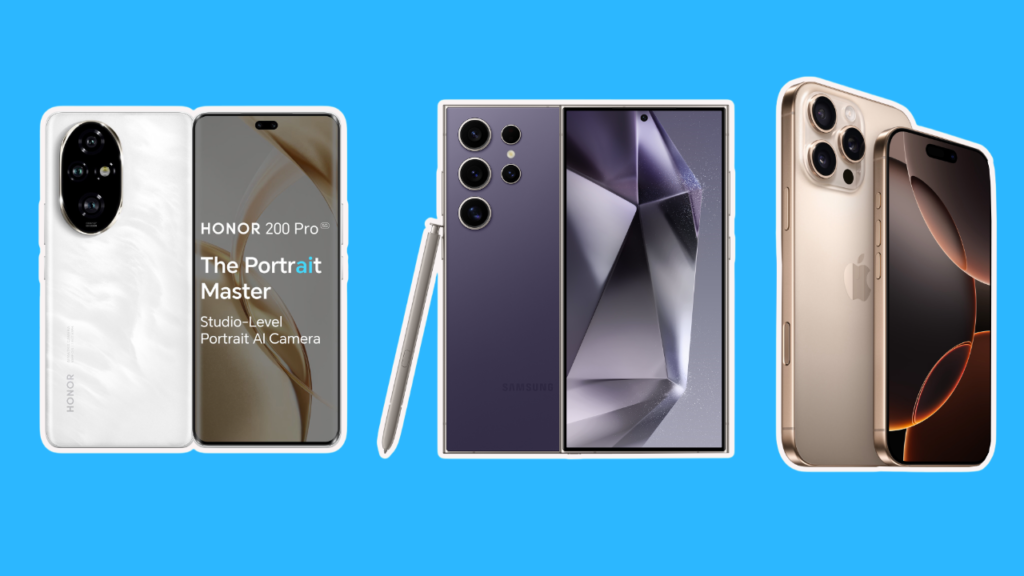
In 2025, the world of smartphone photography has evolved to unprecedented heights, redefining what’s possible with a handheld device. Smartphone cameras are no longer secondary features—they’re central to the entire experience of owning a phone. From ultra-high-resolution sensors to groundbreaking advancements in optical image stabilization (OIS) and computational photography, the competition among manufacturers has created a “camera war” that benefits consumers more than ever. For photography enthusiasts, these devices are not just tools; they’re gateways to capturing professional-quality images on the go.
This article explores the best 100 smartphones for photography enthusiasts in 2025, diving into the features that matter most—zoom capabilities, low-light performance, video stabilization, and AI-enhanced photography. Whether you’re an aspiring Instagram star or a seasoned professional looking for convenience, our in-depth guide ensures you make the right choice for your creative needs.
By understanding the strengths and weaknesses of each contender, you can select a smartphone that aligns perfectly with your photographic ambitions. From the most premium flagships to the surprisingly capable budget options, we’ll highlight the devices that have set a new benchmark in mobile imaging technology. Stay with us as we navigate the fascinating innovations of 2025’s camera wars.
The Top Contenders in the 2025 Camera Wars
1. Google Pixel 10 Pro: Computational Photography at Its Finest
The Google Pixel series continues its legacy with the Pixel 10 Pro, setting a gold standard in computational photography. Boasting a 64MP primary sensor and unmatched software-driven enhancements, the Pixel 10 Pro excels in low-light conditions thanks to its improved Night Sight mode. The AI algorithms ensure color accuracy and dynamic range that few competitors can rival. Its super-res zoom delivers sharp results even at high magnifications, making it a favorite for wildlife and travel photographers.
2. iPhone 16 Pro Max: The Cinematic Experience
Apple’s flagship offering, the iPhone 16 Pro Max, focuses on delivering a cinematic photography experience. Equipped with a 48MP main sensor, periscope zoom, and a groundbreaking LiDAR scanner, this smartphone pushes boundaries in portrait photography and 3D imaging. Its ProRAW mode is tailored for professionals, allowing unparalleled editing flexibility. The stabilization during video capture—combined with Action Mode 3.0—makes it an all-rounder for creators seeking smooth, detailed footage.
3. Samsung Galaxy S25 Ultra: Zoom King
The Galaxy S25 Ultra solidifies its reputation as the king of zoom photography. Featuring a 200MP primary sensor paired with a 10x periscope lens, this smartphone provides stunning clarity for distant subjects. Its Astro Zoom feature is perfect for astrophotography enthusiasts. Samsung has also refined its AI-based noise reduction, ensuring sharper details in low-light scenarios. The Ultra’s expansive Expert RAW mode and improved video stabilization make it a powerhouse for content creators.
4. Sony Xperia Z1: Professional-Grade Optics
Sony’s Xperia Z1 is a photography enthusiast’s dream, combining Zeiss optics with advanced manual controls. Its dual-layer stacked sensor captures finer details and a broader dynamic range than most competitors. The variable aperture allows users to adjust between f/1.8 and f/4.0, offering greater creative control. Designed with professional videographers in mind, the Z1 supports 4K HDR recording at 120fps, ensuring stunning visuals every time.
Mid-Tier Champions with Stellar Camera Features
5. Xiaomi 14T Pro: Affordable Excellence
Xiaomi has struck a perfect balance between affordability and performance with the 14T Pro. Its 108MP main sensor, coupled with AI-enhanced computational photography, produces high-quality images that rival pricier devices. Macro enthusiasts will appreciate its dedicated tele-macro lens, while its 4K video recording ensures smooth footage.
6. Vivo X100 Pro+: Mastering Low Light
Vivo’s X100 Pro+ impresses with its superior low-light performance, thanks to its gimbal-stabilized main camera. This smartphone captures bright, noise-free images in conditions where others struggle. Its collaboration with Zeiss ensures lifelike color rendering, and the portrait mode produces DSLR-quality results. A 12MP ultra-wide sensor completes the package for those who love scenic photography.
7. OnePlus 13 Pro: Versatile and Compact
The OnePlus 13 Pro excels with its 50MP triple-camera system, designed to cater to a wide range of photography needs. Its freeform ultra-wide lens eliminates distortion, making it perfect for architectural shots. The AI Scene Recognition 2.0 identifies and optimizes settings for various scenarios, ensuring vibrant and detailed results.
Budget Smartphones That Punch Above Their Weight
8. Realme 12X: Value-Packed Photography
The Realme 12X stands out for its 64MP primary camera, delivering crisp and vibrant images at a fraction of the cost of flagship models. Its AI-enhanced night mode and portrait capabilities make it an excellent choice for budget-conscious photographers.
9. Motorola Edge 50 Lite: Sleek and Capable
Motorola has packed a 50MP sensor with optical stabilization into the Edge 50 Lite, proving that you don’t need to spend a fortune for great photography. Its clean software and dual-camera setup ensure reliable performance across various lighting conditions.
Key Features to Consider When Choosing Your Photography Smartphone
- Sensor Size and Megapixels: Larger sensors and higher megapixels enable better detail and low-light performance.
- Zoom Capabilities: Optical zoom is preferred over digital zoom for superior quality.
- Stabilization: OIS and EIS are essential for clear images and steady videos.
- Software Enhancements: AI features and computational photography can make a significant difference, especially in challenging conditions.
- Video Recording: Look for features like 4K or 8K recording, frame rate options, and advanced stabilization for seamless videography.
Conclusion: Your Guide to Photography Mastery
In the age of camera wars, the smartphone you choose can significantly impact your photography journey. With technology advancing rapidly, even budget-friendly devices now deliver remarkable results. Whether you prioritize low-light capabilities, zoom performance, or versatile software features, there’s a smartphone on this list for every type of photographer.
The Google Pixel 10 Pro remains a computational photography champion, while the Samsung Galaxy S25 Ultra and iPhone 16 Pro Max cater to enthusiasts and professionals alike. Meanwhile, options like the Xiaomi 14T Pro and Realme 12X prove that excellent photography is accessible at any budget.
By investing in one of these devices, you’re not just buying a phone—you’re acquiring a tool to unlock your creativity. So, embrace the innovations of 2025, and let your smartphone be your ultimate companion in capturing life’s best moments. Visit our website for more updates, tips, and reviews to stay ahead in this exciting era of mobile photography.

